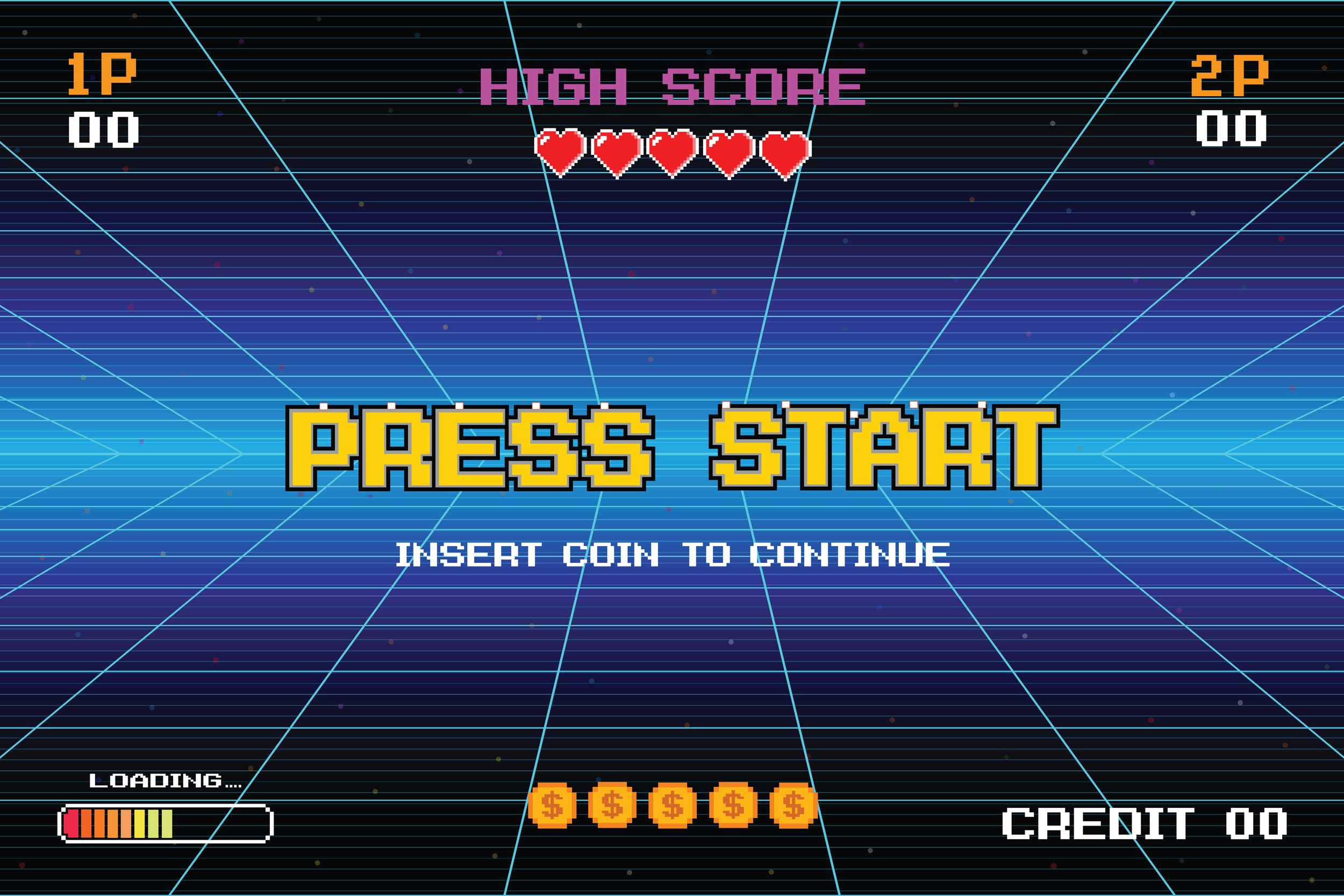micro:bit Masters: Control the Game
This lesson introduces students to microelectronics and game design. Students take on the role of game designers to develop an interactive game using Scratch and micro:bits. They explore how microcontrollers use sensors to detect inputs and actuators to produce outputs, enhancing user interaction. Through hands-on coding and problem-solving, students design, test, and refine their programs to integrate micro:bit’s buttons and gyroscope into gameplay. Students learn about the role of microelectronics in gaming and other real-world applications, while developing computational thinking skills such as algorithm design, debugging, and iterative development. The lesson concludes with student reflections on the impact of microelectronics in technology and career connections to software engineering, game design, and electrical engineering.
Core Content: Computer science
Grade Levels: 6-7
Time Required: Three 50-minute class periods
ME Career Connection: Students will see how game designers, software engineers, and electrical engineers collaborate to use microelectronics to engage users with gaming devices.
Author: Tracie McAtee

